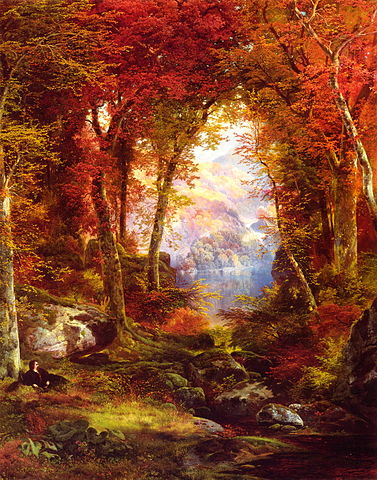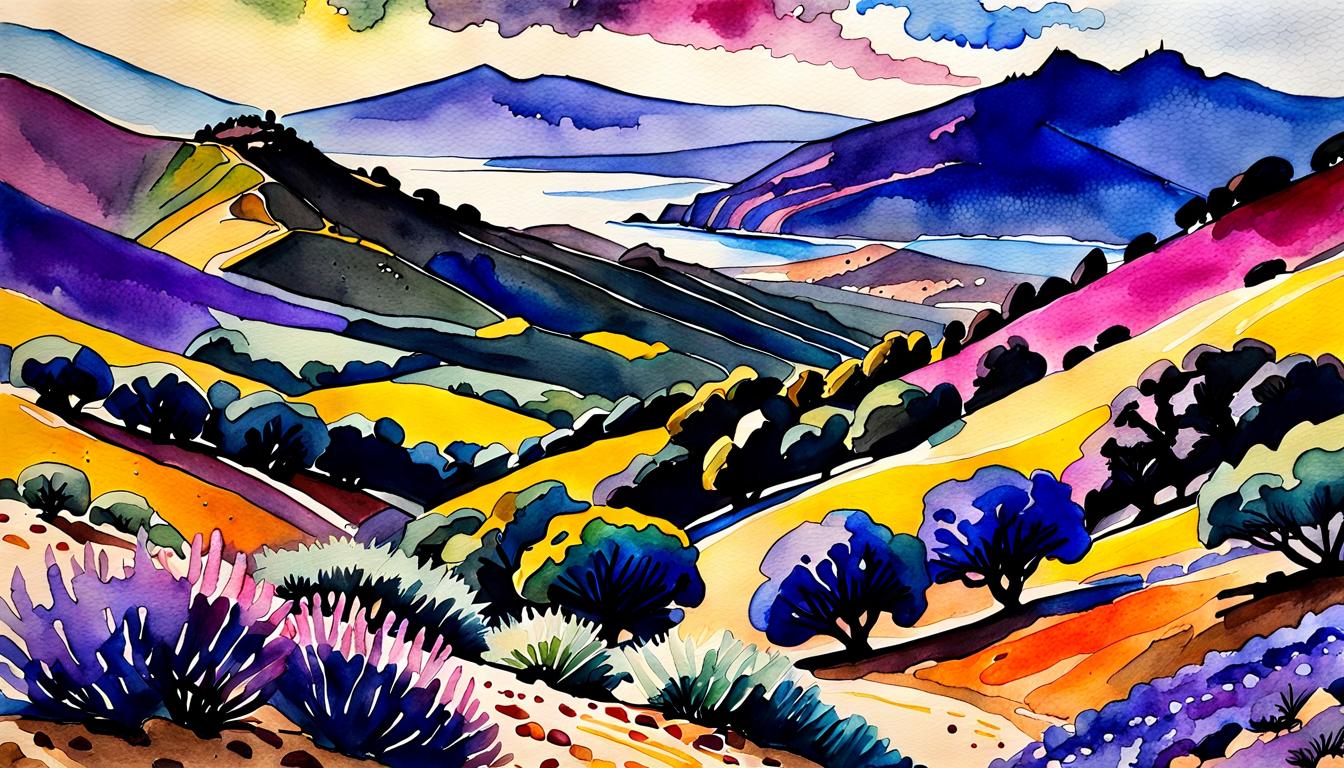Pierre-Joseph Redouté was a renowned French botanical illustrator known for his skilled watercolor paintings from the early 19th century that brought flowers to vivid life through transparent washes and exacting details. As one of the premier painters of Redoute watercolors during his lifetime, Redouté set the standard for scientific accuracy paired with artistic beauty in botanical art.
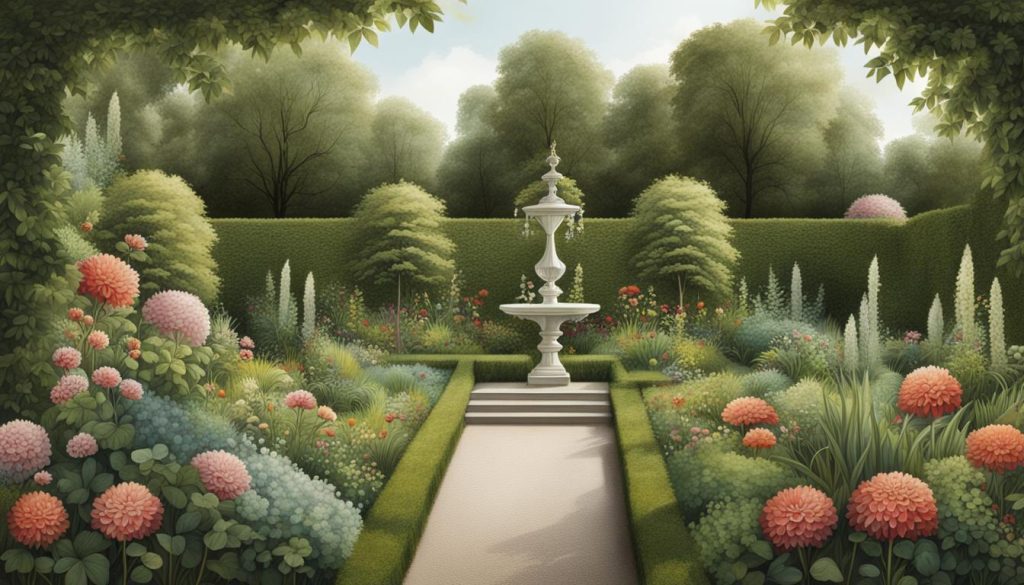
Redouté was born in 1759 in Saint-Hubert, Belgium and showed an early talent for drawing that was encouraged through an apprenticeship with a painter. In 1782, he moved to Paris to study flower painting under the direction of renowned naturalist Michel Barthelemy Héron de Villefosse. Under Villefosse’s tutelage, Redouté mastered the techniques of layering transparent watercolor washes and achieving finely detailed representations so critical for botanical illustration work. His training emphasized observational accuracy through close study of living specimens.
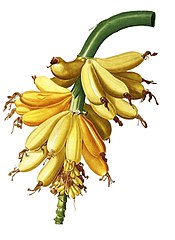
Redoute’s Layering Technique in Watercolors
A hallmark of Redouté’s watercolors was his methodical layering of sheer washes of color. He would build up color intensity with light shades through successive transparent applications, subtly blending hues on the paper for a lifelike effect. His layered technique allowed flowers’ delicate veins, stripes, and spots to shine through in a scientifically precise manner. It was through this method that he could capture not only a bloom’s outward colors but also convey the three-dimensional quality of petal textures and intricate forms in a way so true to nature.
Observational Accuracy in Redoute Watercolors
In addition to his skilled painting abilities, Redouté had an extraordinary eye for exacting botanical details. He studied specimens under magnification to render even the most intricate markings with what one contemporary called “microscope-like precision”. The unmatched accuracy and delicacy seen in his Redoute watercolors proved indispensable for identifying and cataloguing new species discovered overseas during the scientific expeditions of the era.
Commissioned Work and Publications
His exquisite watercolors gained him commissions from aristocratic patrons and involvement in authoritative publications. In his over 60-year career, he produced nearly 4000 flower illustrations, including plates for several editions of Pierre-Joseph de L’Héritier’s Sertum Anglicum and books on lilacs and roses. His most famous works were the four volumes of Les Liliacées and five volumes of Les Roses created between 1802-1816 and 1817-1824, respectively. These lavishly detailed publications featuring his paintings helped document newly identified species being returned from botanical expeditions to Asia, Africa, and South America.
Setting the Standard in Botanical Art
Redouté’s watercolors have endured as the finest examples of their kind, having set the standard for excellence in both scientific precision and artistic representation in botanical works. While accurately depicting morphological features was paramount for identification, Redouté imbued his subjects with a sense of beauty, grace and vibrant colors. His masterful control of the transparent medium allowed the flowers’ delicate textures and layered petal structures to come alive on the page. Even 200 years later, scientists and artists alike study Redouté’s paintings for their unsurpassed technical and aesthetic qualities.
Individual Flower Paintings
Redouté painted virtually all types of flowers but had a special predilection for certain subjects. His watercolors of roses remain his most famous works, capturing each cultivar’s unique pattern of veins, prickles, and colourations. Roses were so minutely depicted that hybridizers could develop new varieties based on his illustrations alone. His tulip paintings also exhibited endlessly varied striations and streaks within multipetaled blooms. Orchids, among the most complex of all flowers, were rendered with extreme subtlety of form under Redouté’s hand. Examples from each of these subjects show the astounding level of precision and beauty achieved through his layered watercolor technique.
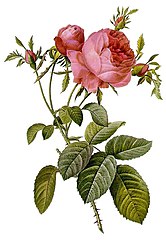
- “Les Roses” (1817-1824): This series of 170 hand-colored stipple engravings depicts various rose varieties, showcasing Redouté’s mastery in capturing the beauty and elegance of these flowers.
- “Choix des Plus Belles Fleurs” (1827-1833): This collection of 144 hand-colored engravings features a wide range of flowers, including lilies, tulips, magnolias, and more. Redouté’s exceptional skills in depicting the intricate details of each flower make this work a masterpiece of botanical art.
- “Les Liliacées” (1802-1816): Dedicated to lilies, this series of 486 hand-colored engravings showcases Redouté’s profound understanding of the plant’s anatomy and his ability to capture their delicate beauty.
- “Plantes Grasses” (1799-1804): This collection of 120 hand-colored engravings features various succulent plants, demonstrating Redouté’s versatility in depicting different botanical subjects.
Influence on Gardens and Art World
Redouté’s watercolors had immense influence beyond the scientific sphere. His paintings were disseminated widely through published works, helping shape trends in European and North American gardens of the time. Nurseries stocked varieties depicted by Redouté and generations of plant collectors sought specimens from overseas based on the illustrated plates. His style also inspired many amateur flower painters and set an example for the academic training of botanical artists still used today.
Inspiring Others
In the fine art world, Redouté introduced a new period of naturalism with his incredibly sensitive portrayals of botanical subjects. Artists like Henri Fantin-Latour and Giuseppe Arcimboldo were directly influenced by Redouté’s mastery of watercolor techniques. Even Monet was said to have studied Redouté’s work, absorbing his layered transparent methods that would later characterize Impressionism’s capture of fleeting effects of light. Redouté’s influence thus spanned scientific accuracy, pattern books for horticulture, and new styles of European painting featuring depictions of nature.
Where to Admire Redoute’s Original Masterpieces
Today, collections at institutions like the British Museum, New York Botanical Garden, and The Hunt Institute hold original watercolors by Pierre-Joseph Redoute for the public to study and admire. His renowned publications, notably the multi-volume Les Liliacées from 1802-8 featuring over 260 Redoute watercolor plates of lilies, can still provide a glimpse into the artist’s unparalleled technique and eye for intense floral realism. Modern digital archives from libraries also grant virtual access for anyone to analyze Redoute’s exquisite renderings and subtle washes up close. Through these valuable archival sources, Redoute’s extraordinary Redoute watercolors continue enlightening new generations of artists, botanists, and lovers of beauty in nature.
Concluding Thoughts
Pierre-Joseph Redouté’s paintings revolutionized botanical illustration by combining hyper-detailed accuracy and exquisite visual appeal. His skilled use of layered transparent watercolors brought flowers vividly to life while permitting close examination for scientific purposes. Redouté established standards for expert botanical art that remain unsurpassed after centuries. Though producing commissioned work for reference, he transcended mere documentation and imbued each bloom with emotive presence through the sensitive depiction of nature’s fine details. Redouté permanently enhanced his appreciation for flowers as objects of intricate physiological wonder and ethereal beauty through his celebrated Redoute watercolors.
